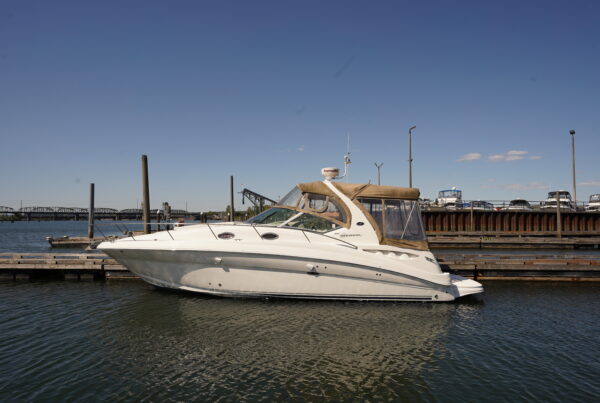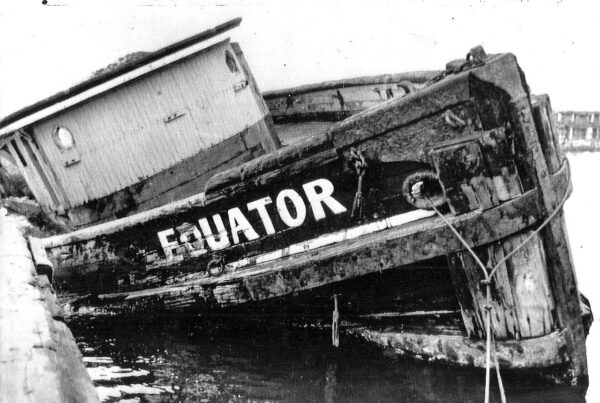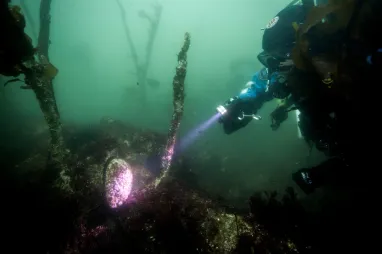When it comes to capturing the freshness and flavor of freshly caught fish, flash freezing is a game-changer. This technique ensures that you can enjoy the delectable goodness even months after your fishing adventure. In this article, we’ll delve into the world of flash freezing, exploring what it is, why it produces superior fish fillets, and how you can implement this technique onboard your boat.
Why does flash freezing produce better quality fish fillets?
Flash freezing is a method of quickly freezing food products at extremely low temperatures. This freezing process can typically be accomplished within minutes. Flash freezing is a superior technique for preserving the quality of fish fillets due to this rapid freezing process. When fish is frozen slowly, the large ice crystals that form can puncture the cells, resulting in moisture loss, texture degradation, and a decline in flavor. On the other hand, flash freezing prevents the formation of large ice crystals, thus maintaining the integrity of the fish.
Moreover, flash freezing locks in the freshness of the fish at its peak, effectively preserving its flavor, aroma, and nutritional value. The end result is fish fillets that taste just as delectable as the moment they were caught.
What equipment do you need and what do you need to do to flash freeze fish onboard a boat?
To flash freeze fish onboard a boat, you’ll need a few essential equipment and follow some simple steps:
a) Insulated Containers: Start by investing in high-quality insulated containers or coolers. These containers should have airtight seals to prevent the ingress of warm air. Pre-cool the containers by storing them in a freezer beforehand.
b) Plastic Bags or Vacuum Sealer: Place the fish fillets into individual plastic bags or use a vacuum sealer to remove excess air. This step helps protect the fish from freezer burn and maintain its quality during freezing.
c) Thermometer: Equip yourself with a reliable thermometer to monitor the temperature accurately throughout the flash freezing process.
d) Pre-chilled Freezer or Dry Ice: Prepare your freezer by pre-chilling it to a temperature of -30°C (-22°F) or colder. Alternatively, use dry ice to achieve the ultra-low temperatures required for flash freezing.
e) Quick Freezing: Once you catch the fish, immediately clean and rinse them to remove any scales, blood, or debris. Pat them dry gently with paper towels. Then, place the fish fillets into the pre-cooled containers or bags, ensuring they are arranged in a single layer for efficient freezing.
f) Flash Freezing Process: Transfer the containers or bags into the pre-chilled freezer or dry ice, maintaining the temperature below -30°C (-22°F). Use the thermometer to monitor the temperature continuously. The fish should be flash frozen within minutes.
g) Storage and Labeling: Once the flash freezing process is complete, transfer the frozen fish fillets into freezer-safe storage bags or containers. Label them with the catch date to maintain proper rotation.
By following these steps and using the appropriate equipment, you can successfully flash freeze fish onboard your boat, capturing the essence of freshness and quality for a future gastronomic delight.
In conclusion, flash freezing is an invaluable technique for preserving the quality of fish fillets, enabling you to enjoy the taste and freshness of your catch for months to come.
Visit us on Pinterest to collect content and inspire others.



